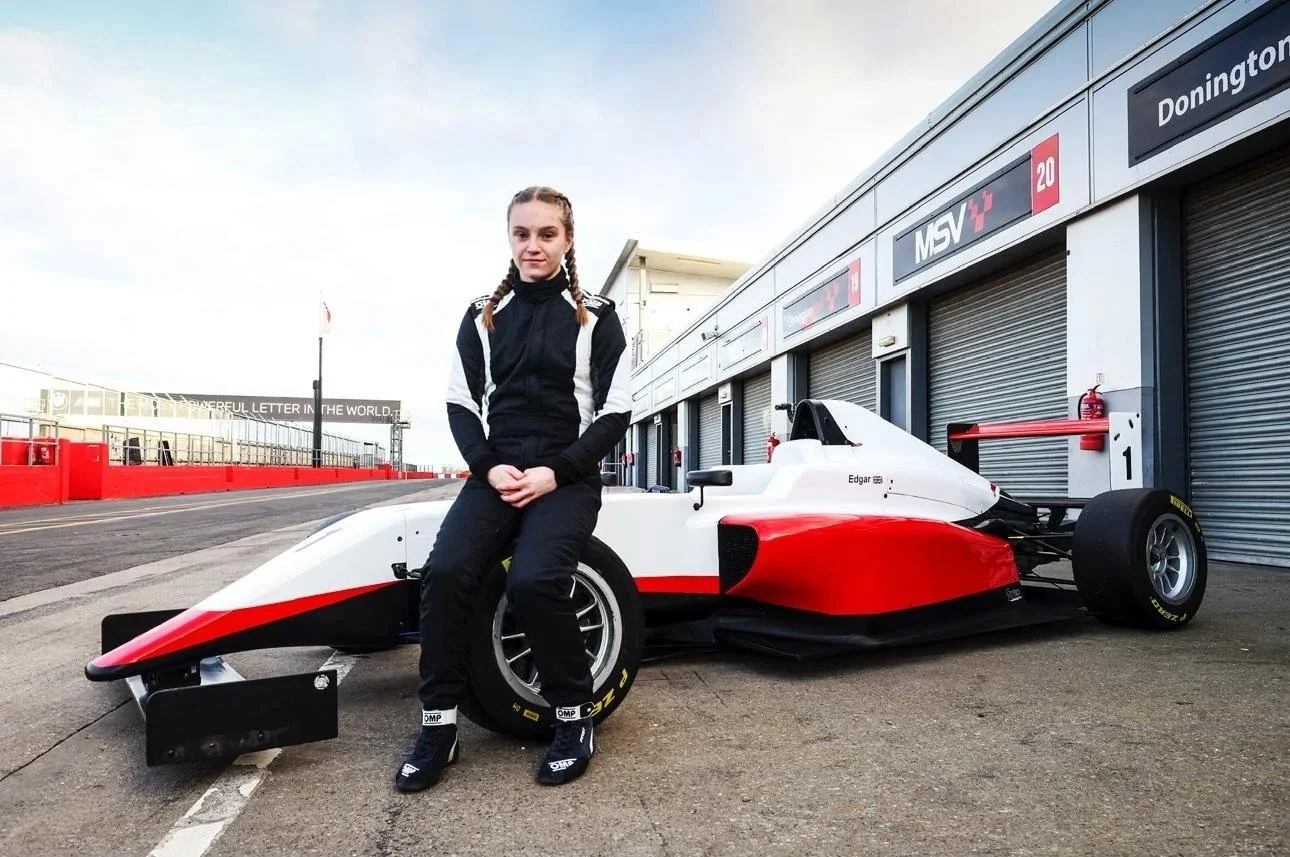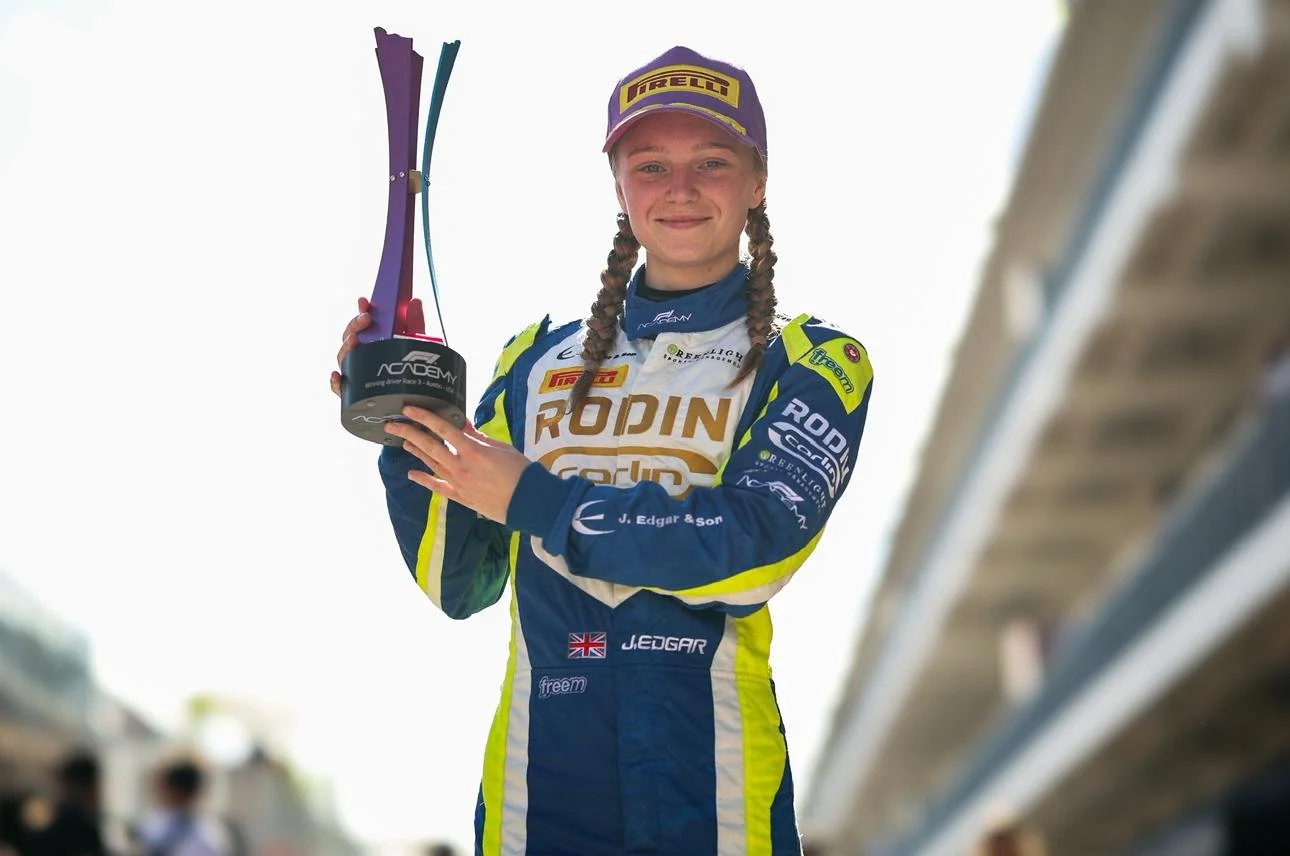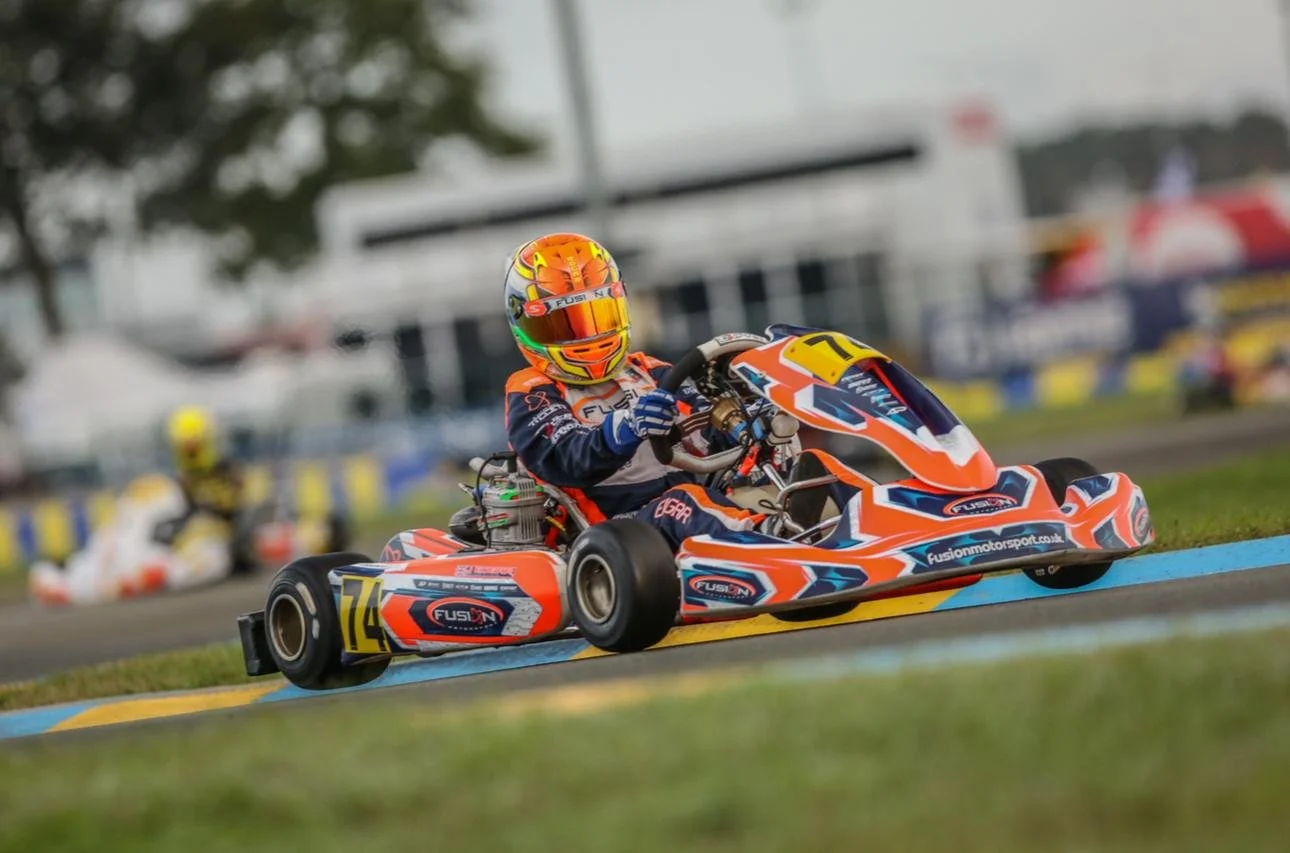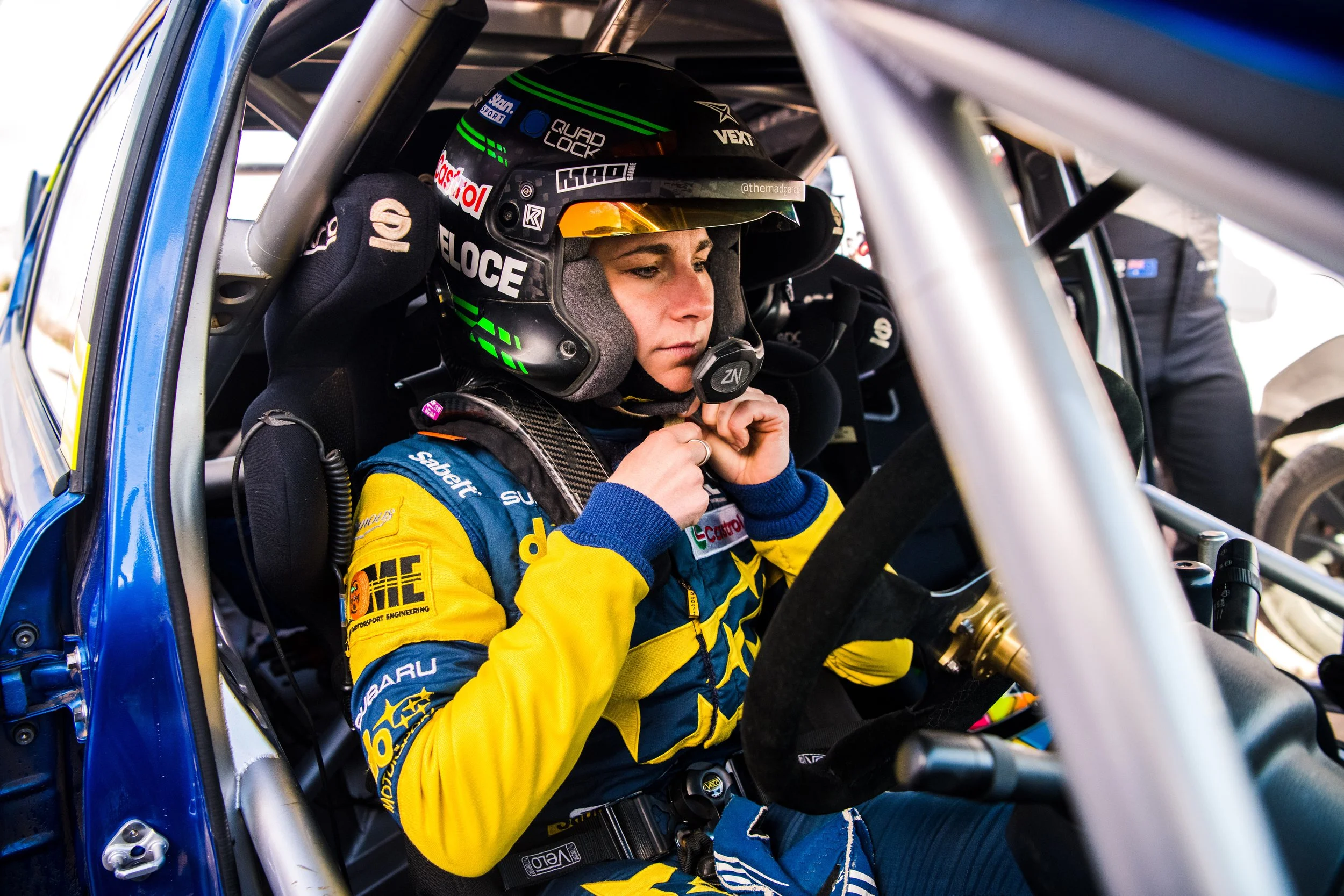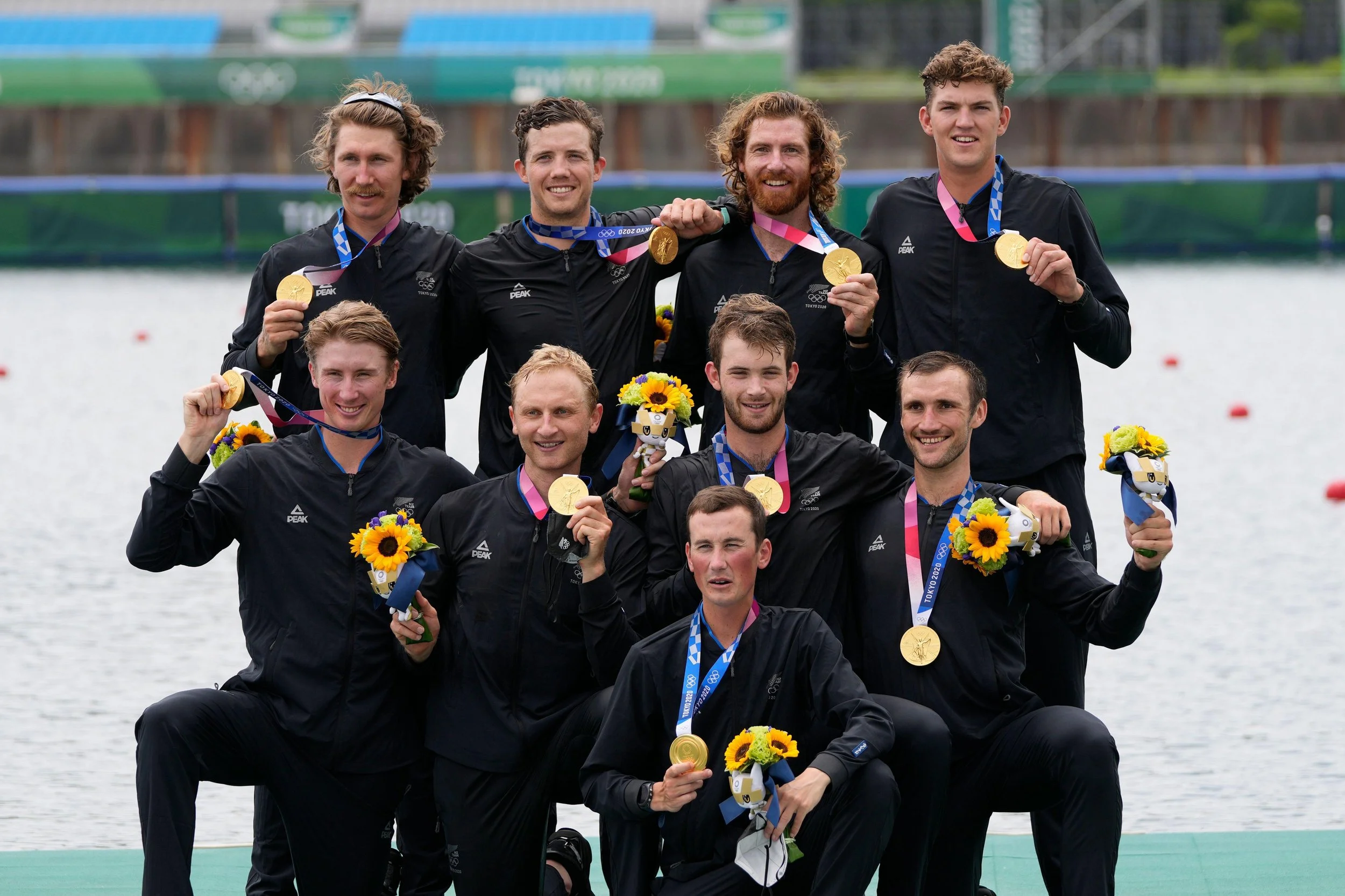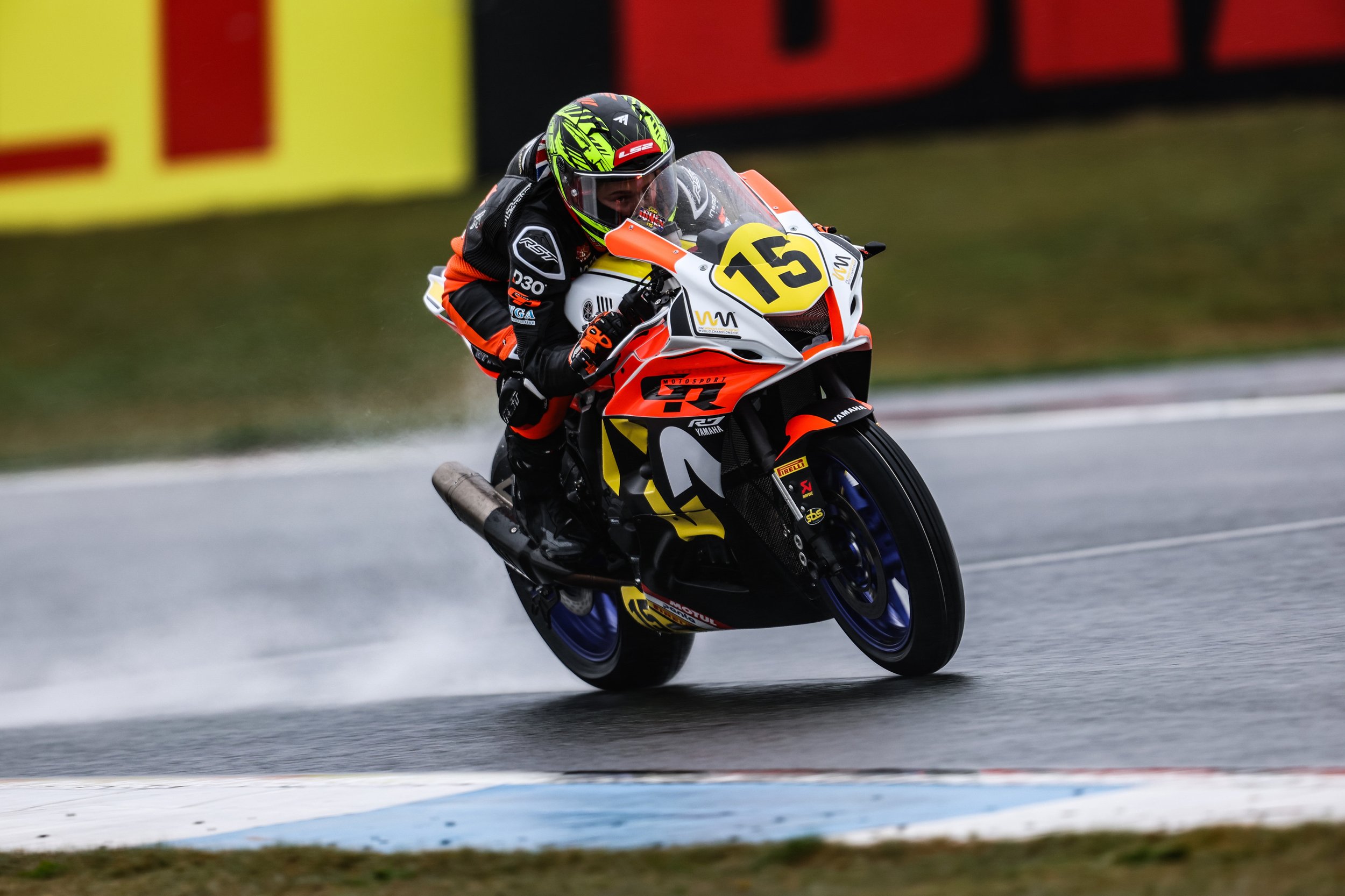Built for pressure
DPPI Media / Alamy Stock Photo. Jess Edgar is building a name for herself as a racing driver, continuing a family legacy that spans generations in motorsport
Jess Edgar grew up in a motorsport-focused family, becoming the tenth member to take up competitive karting. With racing a regular part of everyday life, she was familiar with the sport from a young age. But when she first got behind the wheel at four years old, the choice to keep going was entirely her own.
Speaking to The 1v1 Project, Jess reflects on the mental demands of car racing, the unique pressures when the visor drops, and how she’s learned to thrive under pressure through her journey from childhood karting to F1 Academy victory at the world-class Circuit of the Americas.
“It’s just something that’s there, and you have to get on with it,” Jess says when discussing pressure in motorsport. “But starting karting when I was four, then racing in British championships and in venues around the world, you get used to it. I probably drive better with a bit of pressure than without.”
That became clear during her time in the 2020 edition of the FIA Girls on Track – Rising Stars programme. Run by the FIA and Ferrari, this global talent initiative puts girls aged 12 to 16 through their paces, not just on the track but off it too – including psychological tests to gauge how they perform under stress.
“We did exercises where you had to press different buttons at different times, and it told you whether you worked better under pressure or not,” she remembers. “Mine was that I worked better under pressure.”
“It’s just something that’s there, and you have to get on with it”
Starting from scratch
Despite her family’s motorsport heritage, Jess quickly learned that reputation doesn’t transfer between generations or categories. “Having a talented family didn’t mean that I was necessarily going to be good either,” she explains. “You definitely have to start from scratch and build a name for yourself.”
This reality became particularly clear as she progressed through different levels of competition. “In karting, everyone knows who I am; in car racing, it’s the opposite,” she says. “I’m just the same as everyone else at my level. We’re all trying to get the same experience and reach the same level. You start from the beginning, basically.”
The shift from karting to cars isn’t just about refining your skills – it’s a mental reset. Karting, where most professional drivers begin, is a fast-paced, physically demanding environment that teaches instinctive race craft. But in cars, the approach is different.
Jess started karting at four years old – becoming the tenth member of her family to do so – and has been on a journey ever since to forge her own path as a racing driver
“You have to think a lot more about your race strategy,” Jess explains. “In karting, it’s like, ‘Oh, there’s a gap. I’m going to go for it.’ In cars, it doesn’t quite work like that. You can’t make contact, otherwise the car gets damaged, so your overtakes have to be more planned.”
The physical demands shift, too. “I didn’t struggle with fitness going into F4, but coming back to karting this year, it’s really tough,” she says. “You don’t realise how physical karting is compared to cars. Car racing uses more arms and neck; karting works your whole body.”
Jess has also benefited from having someone just ahead of her on that journey: her cousin Jonny Edgar, now a professional GT driver. “He races in the World Endurance Championship with TF Sport, driving the Corvette. He gives me a lot of good advice,” she says.
“He’s a year older, so he was always one step ahead. I’ve always looked up to him; I wanted to copy what he was doing when we were little.”
“I’m just the same as everyone else. We’re all trying to get the same experience and reach the same level”
Down to you
In racing, the moment the visor drops on the grid, it’s just the driver, the car, and whatever they’ve brought with them – instinct, judgment, and self-belief.
Jess explains how that mental pressure shifts depending on where you start: “When you’re starting from the back, you’re thinking to yourself, ‘Okay, I’ve got nothing to lose. I’m just going to go for it.’ But when you’re starting on pole, you have to be more cautious; you’re thinking about not losing your position. It just gives you more to consider on the grid.”
And once the race begins, the isolation sets in. “When you’re on track, you’re by yourself,” she says. “There’s no team with you. You can speak on the radio, but you’re pretty much on your own at that point. It’s down to you to perform as best you possibly can.”
Driving a race car demands constant adaptation, too. “The car is rarely going to be completely perfect, so you have to think a lot more about what you’re doing and adjust your driving to make it as good as it can be. It’s something you learn through experience.
“Self-belief is so important because everything really is down to you on track,” Jess adds. “In the 30 minutes that you typically race, even if the car doesn’t feel quite right, it’s on you to deliver. It’s your responsibility to get the best result out of what you have.”
“Self-belief is so important because everything really is down to you on track”
The F1 Academy experience
Jess gradually moved from karting to GB4 – a British single-seater series designed to bridge the gap between karting and higher formula racing – and then to the W Series, an all-female championship aimed at promoting women in motorsport.
After the W Series folded, the F1 Academy was launched as its successor: an F4-level single-seater championship offering female drivers aged 16 to 25 extra race experience, testing and support in preparation for higher levels. Jess competed for Rodin Carlin in the championship’s inaugural 2023 season, and continued with the newly rebranded Rodin Motorsport team in 2024.
Jess reflects on what it felt like to race alongside other women in the F1 Academy, compared to her earlier experiences. “When I was younger, there was no dedicated racing for women, and there weren’t many women in motorsport in general,” she recalls. “It was nice to race with girls all in the same position, all wanting to achieve the same thing, and all pretty much from the same background.”
Jess won the last race of the inaugural 2023 F1 Academy season at the Circuit of the Americas in Austin, Texas, on a weekend that was headlined by the Formula 1 Lenovo United States Grand Prix
The series also gave Jess valuable exposure to high-level sponsorship – a crucial part of becoming a top driver. “They found your sponsors, and I partnered with American Express,” she explains. “We also visited small, women-owned businesses and supported them on race weekends. They would come to watch us, so it was great to have that platform.”
Off the track, this taught Jess to better frame the mental pressures of racing under major brands. “I think it’s only pressure that you put on yourself,” she explains. “You don’t want to let down a sponsor that’s paying a lot of money for you to race. But the pressure comes from within, because you always want to perform well.”
On the track, her victory at the Circuit of the Americas in Austin, Texas, remains a huge highlight. “I won the last race of the 2023 season, which was our first weekend racing alongside F1. Before then we had only raced by ourselves, so it was pretty cool to come away with the win there.”
But the following season brought its own challenges. “In 2024 I just never had a result. My teammate was winning, and I knew it should have been me on the podium,” Jess admits. “You do just have to get on with it – there’s nothing you or anyone else can do – but that was probably the most difficult period of my career.”
“It was nice to race with girls all in the same position, all wanting to achieve the same thing, and all pretty much from the same background”
Purposeful path
Jess has since shifted her focus towards GT (Grand Tour) racing. With only 20 seats available globally in F1, she sees GT – which involves driving modified production-based sports cars in endurance formats, often lasting hours – as her most viable professional route.
“I think it’s the best way to go for a career in racing,” she explains. “To make it to F1 isn’t impossible, but realistically, it’s probably not going to happen. There’s more of a chance for me to make it in GT.”
Her goal is clear and achievable, but the journey there demands patience and practice. “Just to become a paid driver would be the ultimate dream, really,” Jess admits. “I feel like it’s so close yet so far at the same time. You need to gain a lot of experience before someone will pay you to race for them.”
Since her F1 Academy experience, Jess has made a strategic return to karting, with the ultimate ambition of becoming a professional GT racer
She’s aware of the hurdles facing all drivers, regardless of gender or experience. “It’s tough for everyone,” says Jess. “It could cost millions to become a professional driver. And where do we get that money from? You’re asking businesses to invest a lot with limited returns, so just trying to start a conversation is hard.
“The actual races are only a small part,” she adds. “It’s everything else – finding funding, training, media commitments – that really takes up time and effort.”
That’s why this season’s return to karting isn’t about going backwards – it’s a purposeful move to stay sharp and keep developing. “I’ve had to go back to my roots, which I’m enjoying,” Jess says. “There’s less pressure, and I hope it will help me come back stronger in car racing.”
“Just to become a paid driver would be the ultimate dream, really. I feel like it’s so close yet so far at the same time”
Essence of resilience
When asked to define resilience, Jess’ response is straightforward: “I think it’s always giving 100 per cent and carrying on even when things aren’t going your way.
“Never giving up is what resilience means to me, really.”
It’s a philosophy born from navigating races as often the sole female driver, from learning that family reputation doesn't guarantee personal success, from bouncing back after challenging seasons, and from understanding that persistence often matters more than natural talent.
“When I was karting, I wanted to do F4. Then as soon as I got into F4, I was like, ‘I really want to do F3 now,’” Jess reflects.
“You never think about giving in. You’re just always wanting to become better and move to the next step.”
Jess Edgar
FEATURED STORIES



